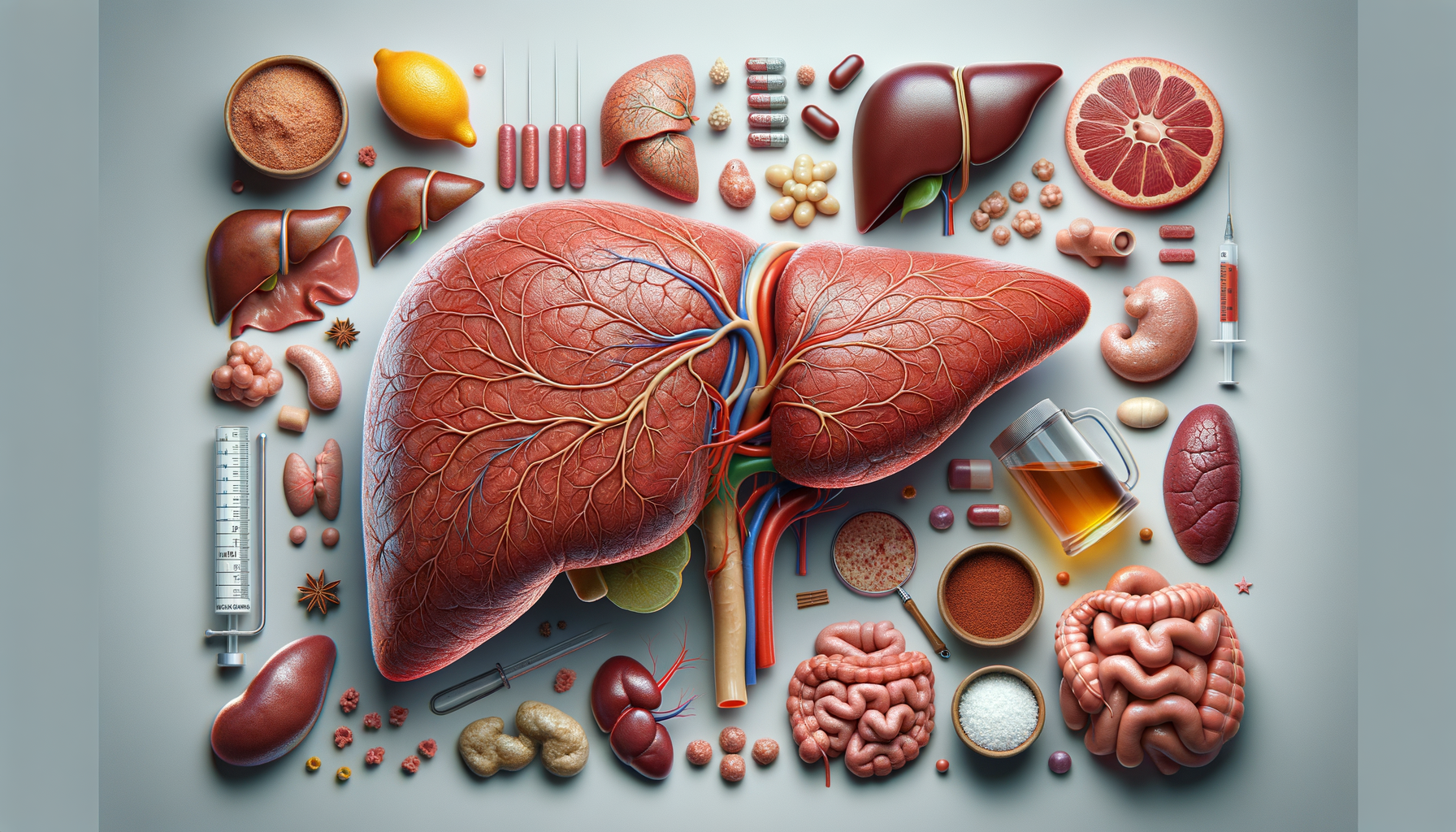Understanding Fatty Liver Disease
Fatty liver disease is a condition characterized by the accumulation of excess fat in liver cells. It’s a common health issue that affects a significant portion of the global population, often going unnoticed until it progresses to more severe stages. There are two main types of fatty liver disease: alcoholic fatty liver disease (AFLD), caused by excessive alcohol consumption, and nonalcoholic fatty liver disease (NAFLD), which is not related to alcohol intake. NAFLD is more prevalent and is often associated with obesity, type 2 diabetes, and metabolic syndrome.
Understanding the risk factors and early symptoms of fatty liver disease is crucial for prevention and management. Common symptoms include fatigue, abdominal discomfort, and unexplained weight loss. However, many individuals remain asymptomatic in the early stages, which makes regular check-ups important for those at risk. Early detection through blood tests and imaging studies can help in managing the condition effectively.
Causes and Risk Factors
The causes of fatty liver disease vary depending on the type. Alcoholic fatty liver disease is primarily caused by excessive alcohol intake, which leads to the accumulation of fat in liver cells. On the other hand, nonalcoholic fatty liver disease is influenced by a combination of genetic, environmental, and lifestyle factors. Obesity is a significant risk factor, as excess body fat can lead to the accumulation of fat in the liver.
Other risk factors include:
- Insulin resistance and type 2 diabetes
- High cholesterol and triglyceride levels
- Metabolic syndrome
- Polycystic ovary syndrome (PCOS)
- Sleep apnea
Genetic predisposition also plays a role, with certain ethnic groups being more susceptible to developing the condition. Understanding these risk factors can help individuals take preventive measures to reduce their risk of developing fatty liver disease.
Symptoms and Diagnosis
Fatty liver disease is often referred to as a “silent” condition because many people do not experience symptoms until the disease has progressed. When symptoms do occur, they may include fatigue, weakness, weight loss, and discomfort in the upper right abdomen. In more severe cases, symptoms can progress to jaundice, swelling in the legs and abdomen, and confusion.
Diagnosis typically involves a combination of medical history, physical examination, and diagnostic tests. Blood tests can reveal elevated liver enzymes, which may indicate liver damage. Imaging studies, such as ultrasound or MRI, can help visualize fat accumulation in the liver. In some cases, a liver biopsy may be necessary to assess the extent of liver damage and rule out other conditions.
Prevention and Management
Preventing fatty liver disease involves adopting a healthy lifestyle and managing underlying health conditions. Key strategies for prevention include maintaining a healthy weight, engaging in regular physical activity, and following a balanced diet rich in fruits, vegetables, whole grains, and lean proteins.
For those already diagnosed with fatty liver disease, management focuses on reducing liver fat and preventing further liver damage. This may involve:
- Weight loss through diet and exercise
- Controlling blood sugar and cholesterol levels
- Avoiding alcohol and hepatotoxic medications
- Regular monitoring of liver function
Lifestyle changes can significantly improve liver health and reduce the risk of complications. In some cases, medications may be prescribed to address specific symptoms or underlying conditions.
Reversing Fatty Liver Disease
While fatty liver disease can be a serious condition, it is often reversible with appropriate lifestyle changes. Weight loss is particularly effective in reducing liver fat and improving liver function. Studies have shown that losing just 5-10% of body weight can lead to significant improvements in liver health.
Dietary changes play a crucial role in reversing the condition. A diet low in saturated fats and high in fiber can help reduce liver fat. Incorporating foods rich in omega-3 fatty acids, such as fish and flaxseeds, can also support liver health. Additionally, regular exercise helps improve insulin sensitivity and promotes fat loss, further benefiting the liver.
It’s important for individuals with fatty liver disease to work closely with healthcare professionals to develop a personalized management plan. Regular follow-ups and monitoring can help track progress and make necessary adjustments to treatment strategies.




Leave a Reply